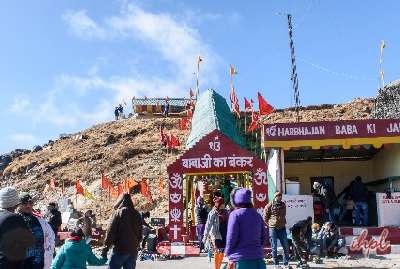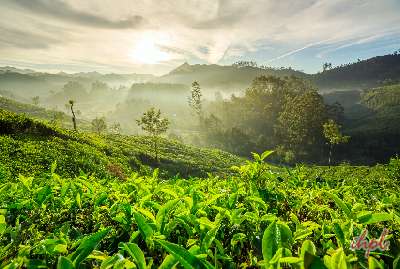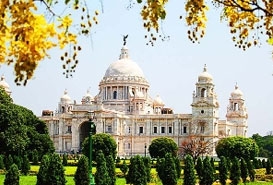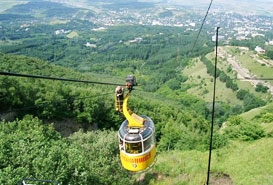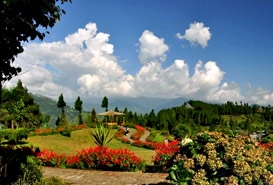| Seasons | Months | Temperature |
|---|---|---|
| Summers | April to June | 30°C – 42°C |
| Monsoon | July to September | 25°C – 35°C |
| Winter | October to March | 10°C – 30°C |
Summer Season (April to June)
Summer in the Sundarbans National Park, located in the delta region of West Bengal, offers a stunning escape with enchanting weather from April to June. The temperature ranges from 30°C to 42°C, providing a respite from the scorching summer heat prevalent in other parts of the country. This season also witnesses fewer tourists, creating a serene atmosphere for nature enthusiasts. The park is home to the elusive Bengal tiger, various species of deer, crocodiles, and many bird species.
This opportune time allows adventure seekers to indulge in activities like boat safaris, bird watching, and nature walks, providing an up-close encounter with the park’s flora and fauna. Additionally, the region’s cultural heritage comes alive during the summer, offering an immersive journey into the traditions of the local communities.
Monsoon Season (July – September)
The monsoon brings new life to the delta after the scorching summers. From June to September, this region becomes a splendid canvas, showcasing a unique charm that intrigues all who venture into its depths. However, traveling to Sundarbans in the monsoon season is barred. The rains are treacherous, and it is the breeding season for most animals inhabiting the region. Though this season provides much-needed relief for the region’s flora and fauna after the summer, greatly enhancing its greenery, it is not an ideal time to visit Sundarbans.
Winter Season (October to March)
The exquisite winter season in the Sundarbans National Park casts its spell from October to March. The region is draped in a mystical ambiance, with a subtle mist that adds to the allure. The cold months are the best time to explore the greenery and experience the region’s natural beauty. This time of the year sets the stage for thrilling outdoor adventures, allowing visitors to probe into the rich biodiversity. The park has unique flora and fauna, including the elusive Bengal tiger and various bird species. The park comes alive with joyous festivities, and the air is filled with the spirit of Christmas. Celebrating this joyous occasion adds a layer of excitement to the winter experience.
Things to do in Sundarbans National Park
Boat safaris: The best way to explore the Sundarbans is by boat. You can take a variety of boat safaris, ranging from short trips to overnight excursions.
Birdwatching: This national park is a birder’s paradise, with over 350 species of birds recorded in the park.
Cultural experiences: Visit local villages and learn about the traditional way of life of the people residing in the region.
Wildlife watching: Stumble upon Royal Bengal Tigers, spotted deer, monkeys, crocodiles, and dolphins in their natural habitat.
Tips for Traveling in Sundarbans National Park
Respect the wildlife: Do not feed or touch the animals. Stay at a safe distance and observe them quietly.
First-aid kit: Pack a basic first-aid kit for minor cuts and with basic medicines.
Footwear: Comfortable shoes or boots are essential for exploring the park’s trails and waterways.
Permits and visas: Foreigners need a permit and a valid passport to enter Sundarbans National Park. You can obtain a permit from the forest department at Sajnekhali or the West Bengal Tourism Office.



